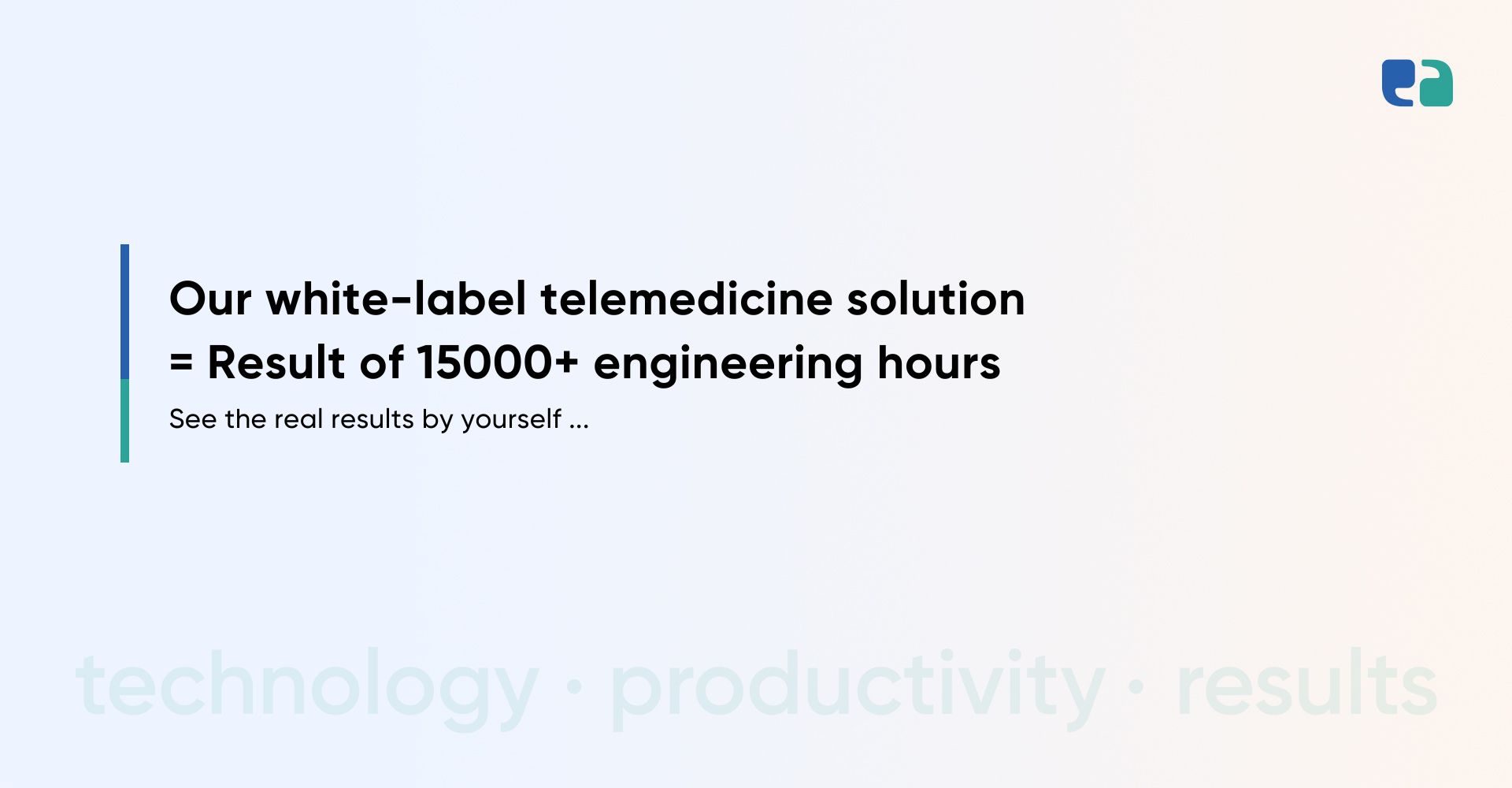Imagine a world where checking your blood sugar is as simple as a quick scan.
No more pricking your fingers multiple times a day.
Sounds like a dream, right?
Well, thanks to groundbreaking advancements in technology, this dream is becoming a reality.
Synex’s portable MRI technology offers a revolutionary solution.
By using magnetic fields and radio waves, this device can measure glucose levels without the need for needles.
This non-invasive approach provides a more comfortable and convenient way to monitor blood sugar.
We are incredibly excited to announce a major breakthrough toward solving non-invasive glucose monitoring, the Holy Grail of self-measurement!https://t.co/uxvHE7FRJy pic.twitter.com/eqoIpmIVMM
— Synex (@synexmedical) November 10, 2023
From Customs Detention to a $36 Million Breakthrough: The Journey Behind Synex’s Portable MRI Technology

Back in 2019, an 18-year-old scientist named Ben Nashman found himself detained at the U.S. customs border.
His crime? Transporting materials for a homemade MRI from Buffalo to Toronto.
Customs officials were alarmed by the label “nuclear magnetic resonance,” leading to hours of questioning before they let Nashman go, along with his 80-pound magnet.
Little did they know, that sleepless night was just another step in Nashman’s ambitious journey to revolutionize healthcare.
Fast forward to today, and Nashman’s company, Synex Medical, is making waves with its groundbreaking portable MRI technology—now on track to transform glucose testing for diabetes care.
With over $36 million in funding, including a recent $21.8 million Series A round, Synex is moving closer to making non-invasive glucose testing a reality, proving that big innovations can start from humble beginnings.
The innovative use of MRI for diabetes monitoring has the potential to transform how patients track their blood sugar levels non-invasively.
This story highlights how health-tech entrepreneurs can break barriers, creating solutions that redefine patient care.
How Does Synex’s Portable MRI Technology Work?

Synex Medical’s groundbreaking technology leverages magnetic resonance spectroscopy (MRS), a technique similar to MRI, to monitor blood glucose levels non-invasively.
The Competitive Landscape for Non-Invasive Glucose Monitoring
While Synex’s portable MRI technology is promising, it’s important to note that there are other companies working on similar solutions. Here’s a look at some of the key competitors:
The Rise of Diabetes Apps: Managing Glucose Until Non-Invasive Tech Arrives
As of now, there are no commercially available devices that can measure blood glucose non-invasively.
However, diabetes management is booming in the digital space.
A variety of diabetes apps and online platforms are helping millions of people monitor and manage their condition more effectively.
These apps, like MySugr and Glucose Buddy, allow users to track blood sugar levels, log meals, and even sync with wearable devices for real-time insights.
Though these apps don’t offer non-invasive glucose testing, they are playing a key role in improving diabetes care by making it easier to manage day-to-day tasks.
Companies like Synex Medical are pushing the boundaries of glucose monitoring. The future of diabetes management is bright.
We could soon see non-invasive solutions that work seamlessly with these apps. This would make care even more accessible and convenient for patients.

Key Features of Diabetes Apps
![]()
- Glucose Tracking: Users can log and monitor their blood sugar levels, insulin usage, and carbohydrate intake.
- Meal Planning: Some apps offer personalized meal plans to meet dietary goals and glucose targets.
- Exercise Integration: Syncing with fitness trackers, these apps monitor the impact of physical activity on blood sugar levels.
- Medication Reminders: Built-in reminders help users stay on top of their medication schedules.
- Community & Education: Many platforms provide access to educational resources and connect users with supportive diabetes communities.
The Growing Role of Diabetes Apps
These apps offer convenience and accessibility, making them an integral part of diabetes management.
They enhance treatment adherence, simplify self-care, and reduce the burden of managing daily tasks, making life with diabetes more manageable.
The Importance of Compliance in Diabetes App Development
Developing a diabetes management app involves strict adherence to regulatory criteria that focus on the privacy and security of patient data.
Compliance is crucial, as regulations vary by region and are enforced by various authorities.
- HIPAA (Health Insurance Portability and Accountability Act) applies in the U.S., ensuring patient data protection.
- GDPR (General Data Protection Regulation) governs data protection in the EU, emphasizing user consent and privacy.
- DPA (Data Protection Act) sets the standards for data protection in the UK.
- PIPEDA (Personal Information Protection and Electronic Documents Act) is the key regulation in Canada for handling personal information.
Understanding and implementing these regulations is essential for building a diabetes management app that protects user data and fosters trust in the healthcare system.
Compliance ensures that users can confidently engage with the app, knowing their information is secure.





